There's no being wrong in seeing something in art, only being disagreed with
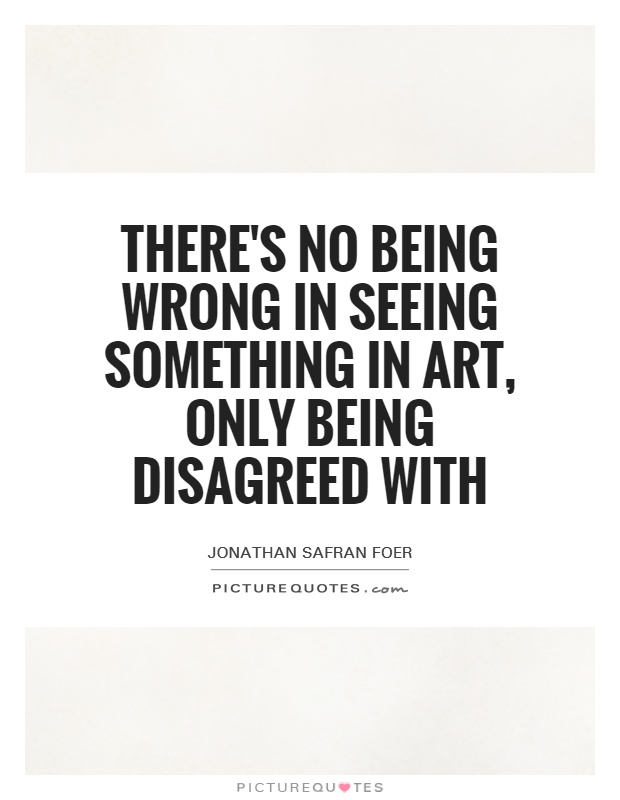
There's no being wrong in seeing something in art, only being disagreed with
Jonathan Safran Foer is a renowned author known for his unique and thought-provoking writing style. His works often delve into complex themes and explore the intricacies of human emotions and relationships. In the context of the statement, "There's no being wrong in seeing something in art, only being disagreed with," Foer's work exemplifies the idea that art is subjective and open to interpretation.Foer's novels, such as "Everything Is Illuminated" and "Extremely Loud and Incredibly Close," are filled with symbolism, metaphor, and ambiguity. His writing invites readers to engage with the text on a deeper level, encouraging them to form their own interpretations and meanings. In this way, Foer's work embodies the idea that there is no right or wrong way to interpret art; rather, it is a personal and subjective experience.
One of the key themes in Foer's writing is the power of storytelling and the ways in which narratives shape our understanding of the world. Through his intricate and layered narratives, Foer challenges readers to question their assumptions and consider multiple perspectives. This emphasis on the importance of storytelling reinforces the idea that art is a reflection of the human experience and can be interpreted in a multitude of ways.

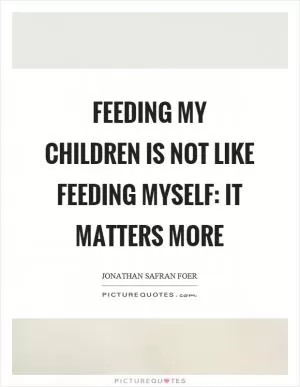


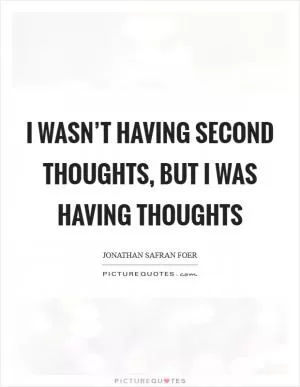

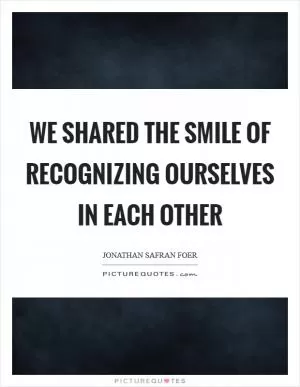
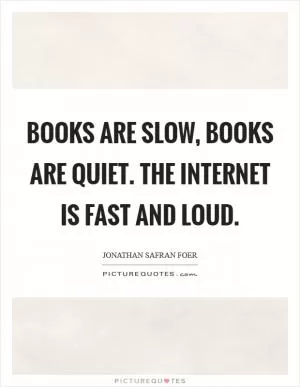

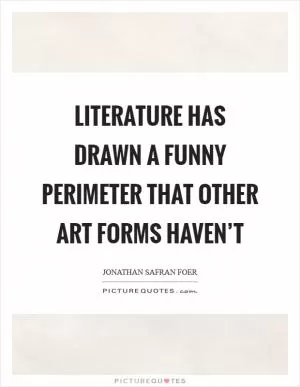


 Friendship Quotes
Friendship Quotes Love Quotes
Love Quotes Life Quotes
Life Quotes Funny Quotes
Funny Quotes Motivational Quotes
Motivational Quotes Inspirational Quotes
Inspirational Quotes